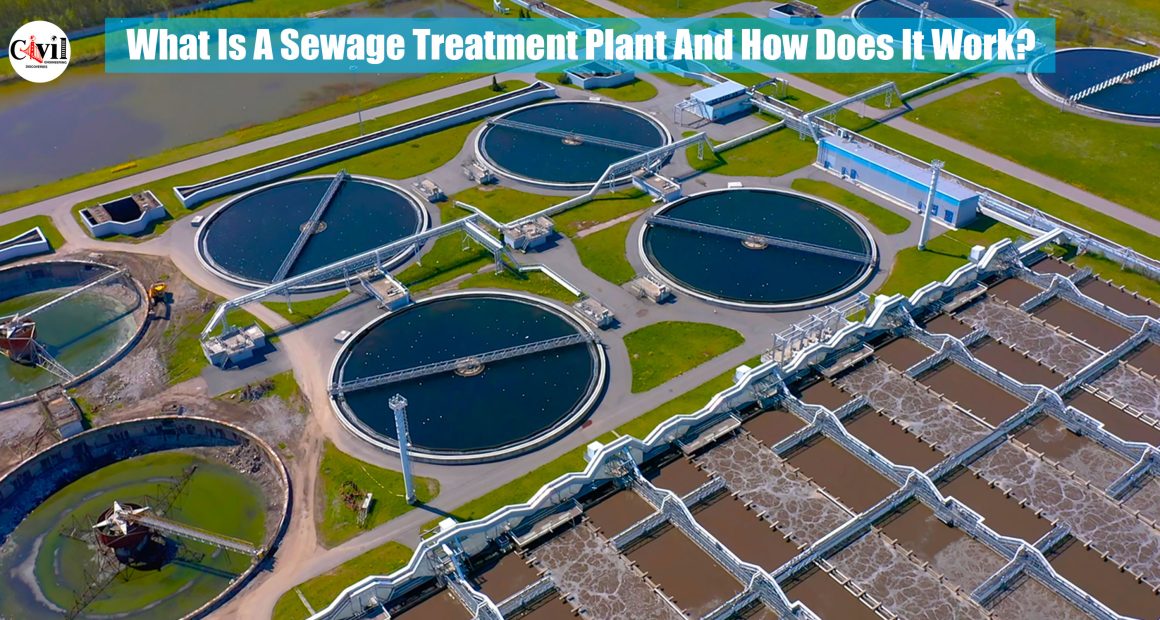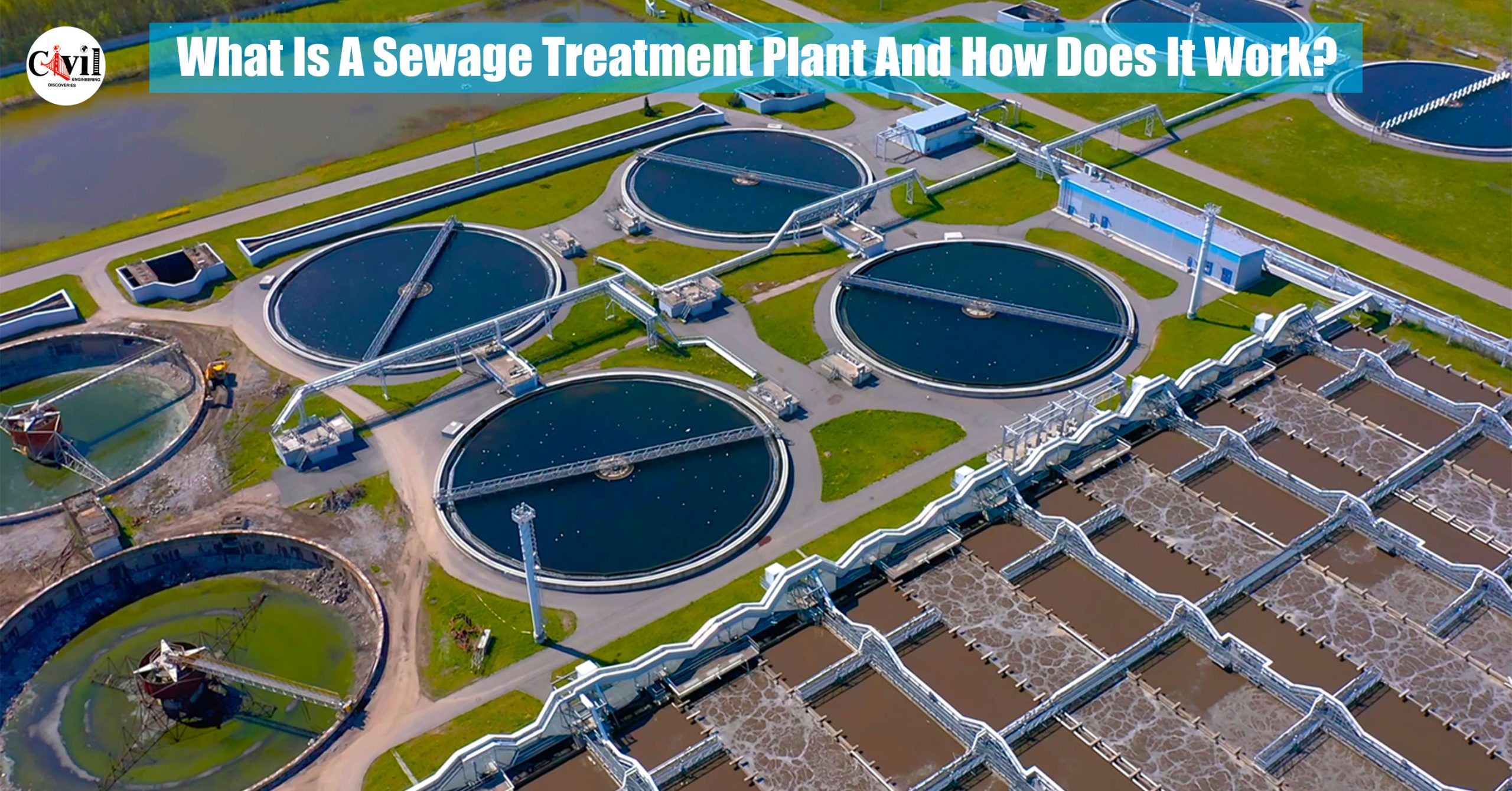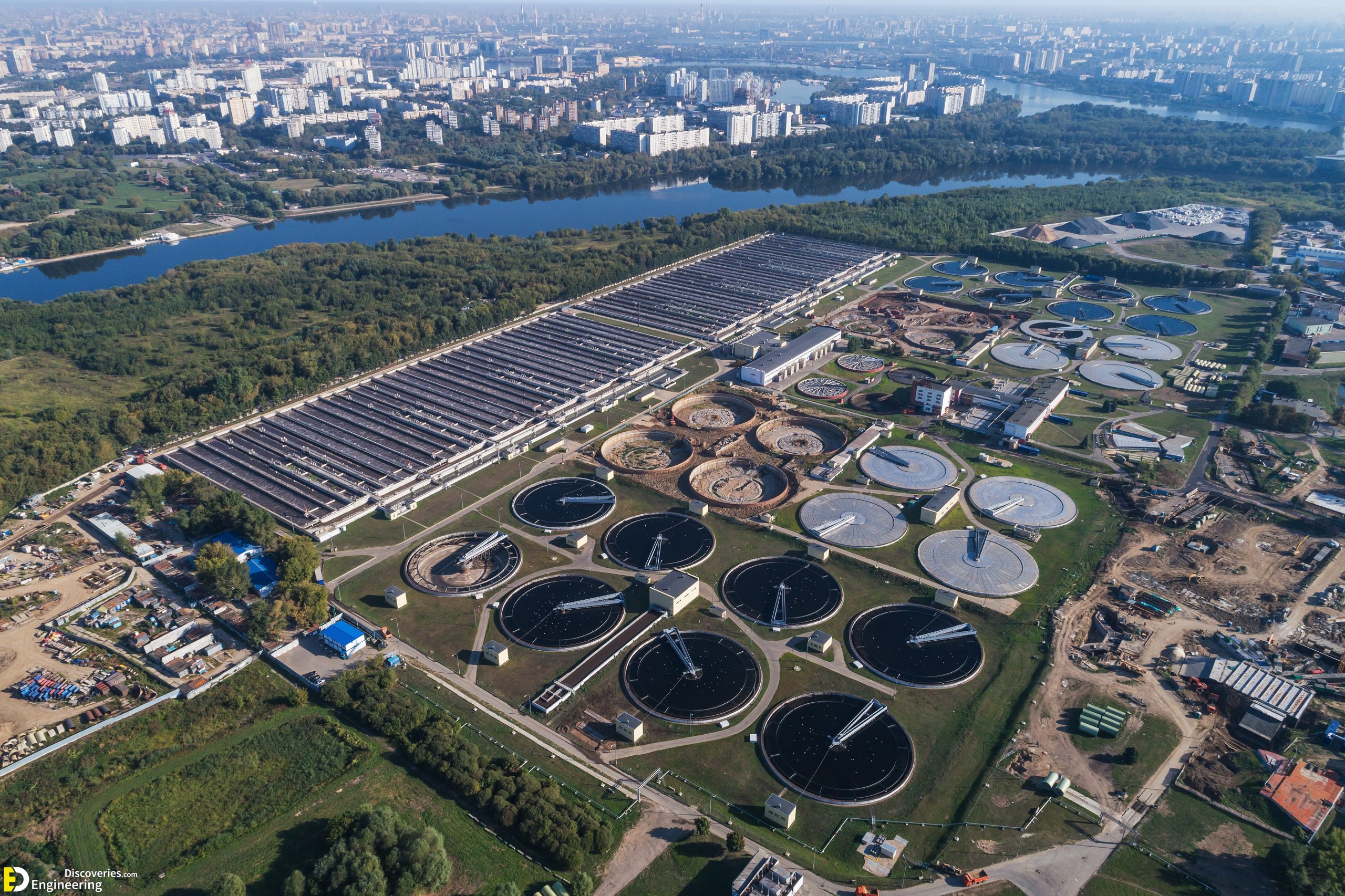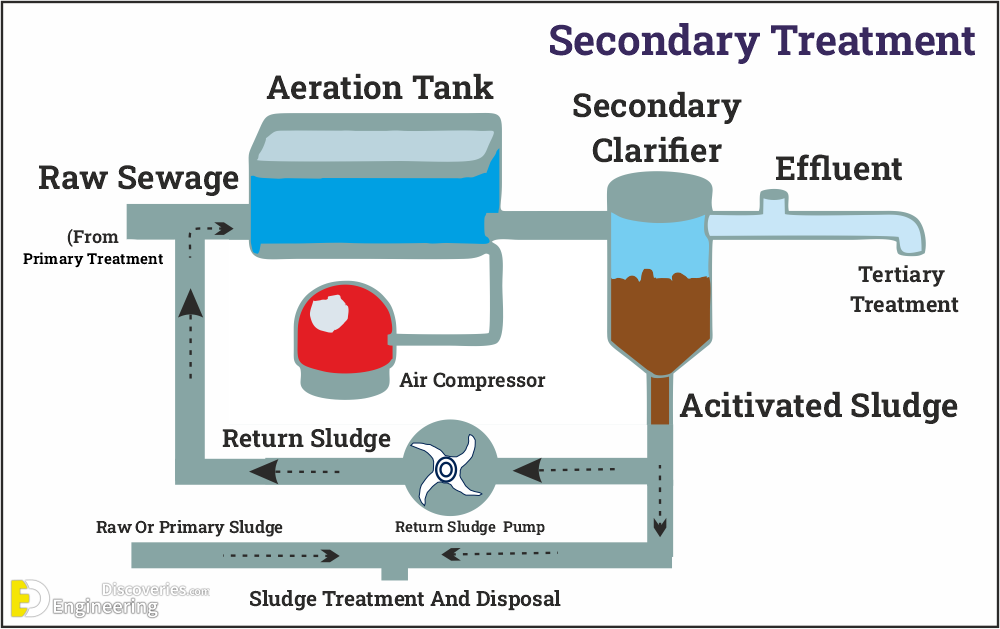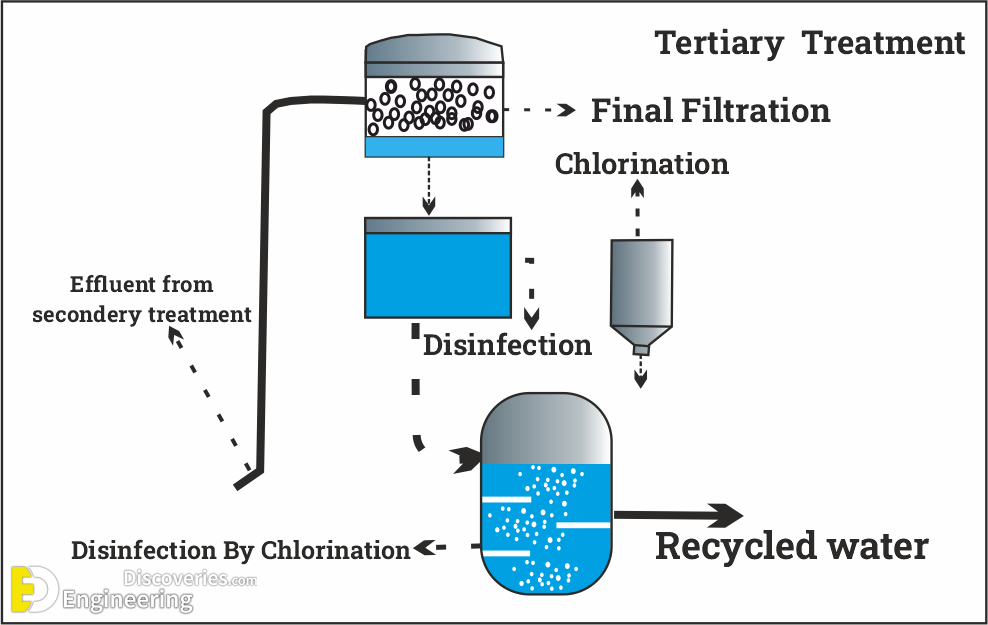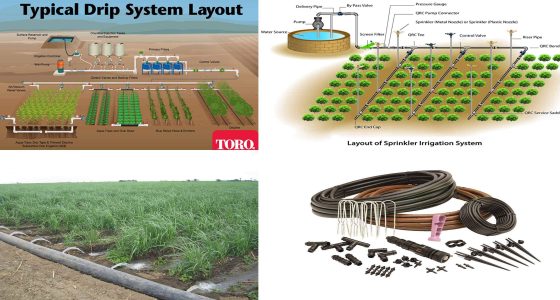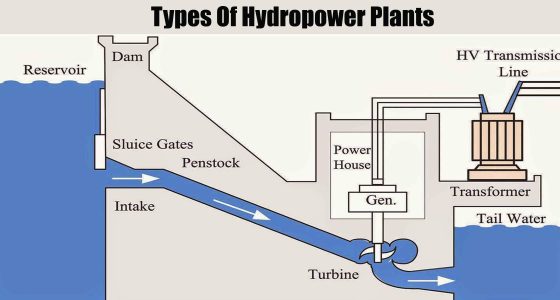Have you ever thought about where your wastewater goes?
Most of us don’t. However, wastewater from homes, factories, and offices can be reused—the secret lies in sewage treatment plants (STPs).
Sewage treatment plants purify wastewater, making it reusable and safe for the environment. These systems remove harmful pollutants, solids, and chemicals. Clean water is then returned for irrigation, industrial use, or even drinking.
Without proper treatment, sewage increases water pollution and environmental hazards. Nitrogen and phosphorus from waste promote the growth of harmful bacteria and algae.
According to the World Health Organization, over 2.2 billion people lack access to safe drinking water. One major reason is untreated wastewater. STPs reduce health risks and help conserve water globally.
Stages of the Sewage Treatment Process
Sewage treatment is not a single-step process. It involves multiple carefully managed stages to clean water.
🔹 Preliminary Treatment
This is the first step.
Wastewater flows through large metal screens. These filters remove solid waste like rags, paper, plastics, and metals. Some plants use both coarse and fine screens to catch various debris.
Once large waste is removed, the water moves to the next stage.
🔹 Primary Treatment
Water flows into sedimentation tanks.
Here, solids settle at the bottom as sludge. Oils, grease, and lighter waste float on top, forming scum. The clean water in between moves forward.
Some STPs treat and reuse sludge as fertilizer or biogas. It’s an eco-friendly step in the process.
🔹 Secondary Treatment (Biological Treatment)
This stage uses microorganisms to break down organic waste. It targets biodegradable matter and suspended solids.
There are three common biological processes:
1. Anaerobic Treatment
This method uses bacteria that work without oxygen.
They break down organic waste and convert it into biogas (methane and carbon dioxide). Methane powers parts of the STP itself. It’s perfect for treating waste from food, animals, and agriculture.
2. Aerobic Treatment
Aerobic bacteria need oxygen to survive. So, air is pumped into tanks.
Microbes digest organic material, breaking down waste. This method often uses activated sludge and aeration tanks. Clean water moves on, and treated sludge settles at the bottom.
3. Anoxic Treatment
This method involves microbes that don’t need oxygen but use nitrates or sulfates instead.
It helps reduce nitrogen levels in water. Trickling filters assist in converting harmful nitrogen compounds to safe ones.
🔹 Tertiary Treatment (Advanced Purification)
This is the final step. It removes any leftover contaminants after biological treatment.
Several advanced techniques are used:
1. UV Disinfection
Ultraviolet light kills harmful bacteria and viruses. It’s chemical-free and effective.
2. Ion Exchange
This process softens water by swapping calcium and magnesium ions with sodium or hydrogen. It helps reduce scaling and hardness.
3. Chlorination
Chlorine is widely used because it’s affordable and strong. It disinfects water, making it safe for reuse.
4. Ozone Treatment
Ozone, a natural oxidizer, destroys bacteria and organic compounds. It’s a clean and powerful option without harmful residues.
5. Membrane Filtration
This method uses semi-permeable membranes to separate clean water from contaminants. It includes processes like reverse osmosis for high-level purification.
6. Activated Carbon Adsorption
Carbon filters capture smells, chemicals, and toxins. It’s the final polish to make water fresh and safe.
Why Sewage Treatment Plants Matter
Sewage treatment protects public health and the environment. It reduces disease, prevents water pollution, and promotes sustainability. Clean water can irrigate crops, power industries, or even refill drinking sources.
By investing in sewage treatment, communities gain clean water and a healthier ecosystem.
Click Here To See Australian City Uses Drainage Nets To Stop Waste From Polluting Waterways
